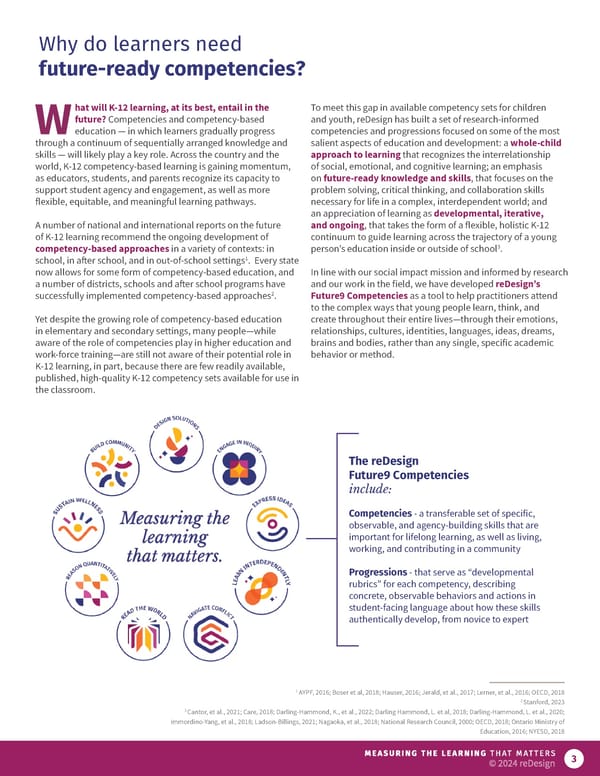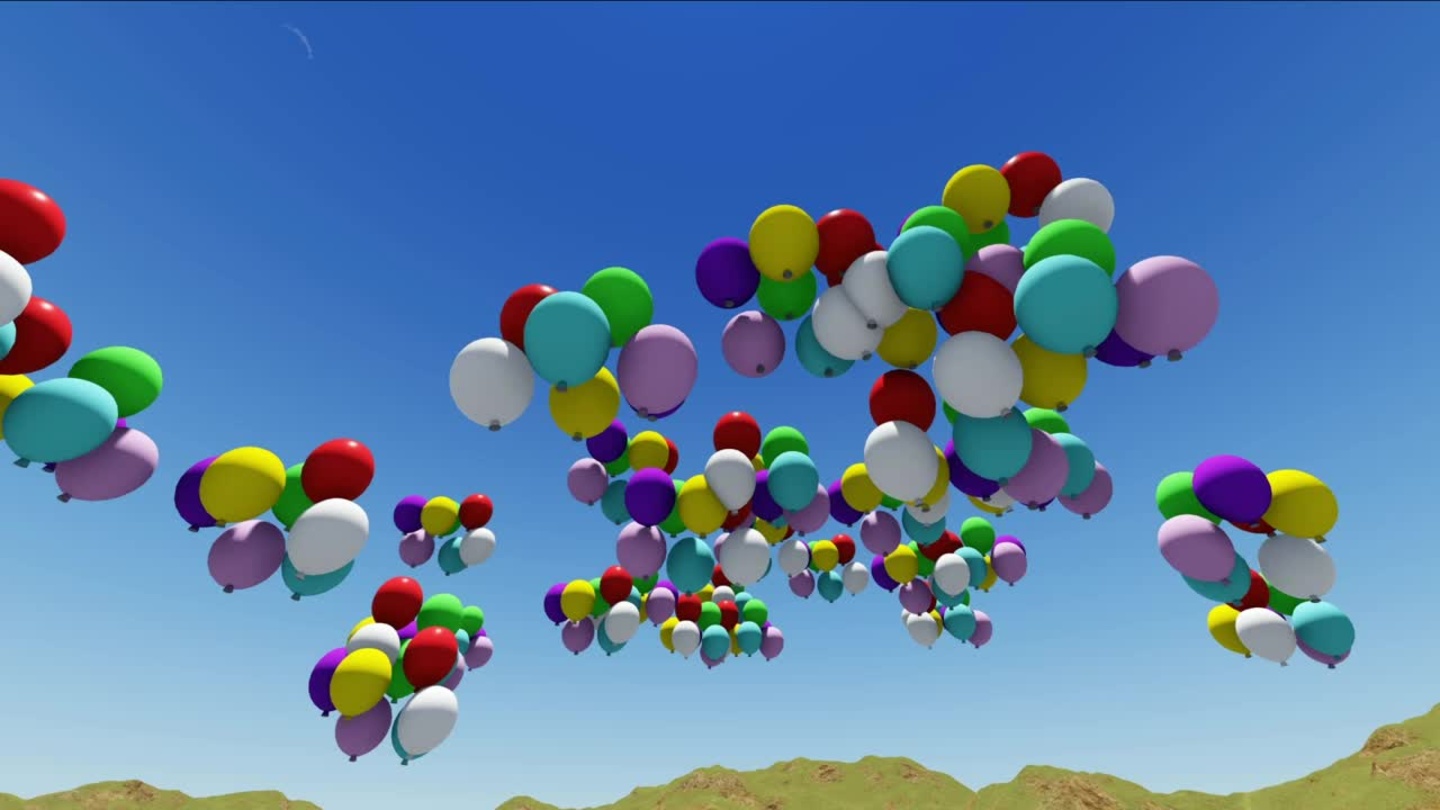Why do learners need future-ready competencies? hat will K-12 learning, at its best, entail in the To meet this gap in available competency sets for children future? Competencies and competency-based and youth, reDesign has built a set of research-informed Weducation — in which learners gradually progress competencies and progressions focused on some of the most through a continuum of sequentially arranged knowledge and salient aspects of education and development: a whole-child skills — will likely play a key role. Across the country and the approach to learning that recognizes the interrelationship world, K-12 competency-based learning is gaining momentum, of social, emotional, and cognitive learning; an emphasis as educators, students, and parents recognize its capacity to on future-ready knowledge and skills, that focuses on the support student agency and engagement, as well as more problem solving, critical thinking, and collaboration skills flexible, equitable, and meaningful learning pathways. necessary for life in a complex, interdependent world; and an appreciation of learning as developmental, iterative, A number of national and international reports on the future and ongoing, that takes the form of a flexible, holistic K-12 of K-12 learning recommend the ongoing development of continuum to guide learning across the trajectory of a young 3 competency-based approaches in a variety of contexts: in person’s education inside or outside of school . 1 school, in a昀琀er school, and in out-of-school settings . Every state now allows for some form of competency-based education, and In line with our social impact mission and informed by research a number of districts, schools and a昀琀er school programs have and our work in the field, we have developed reDesign’s 2 successfully implemented competency-based approaches . Future9 Competencies as a tool to help practitioners attend to the complex ways that young people learn, think, and Yet despite the growing role of competency-based education create throughout their entire lives—through their emotions, in elementary and secondary settings, many people—while relationships, cultures, identities, languages, ideas, dreams, aware of the role of competencies play in higher education and brains and bodies, rather than any single, specific academic work-force training—are still not aware of their potential role in behavior or method. K-12 learning, in part, because there are few readily available, published, high-quality K-12 competency sets available for use in the classroom. The reDesign Future9 Competencies include: Competencies - a transferable set of specific, observable, and agency-building skills that are important for lifelong learning, as well as living, working, and contributing in a community Progressions - that serve as “developmental rubrics” for each competency, describing concrete, observable behaviors and actions in student-facing language about how these skills authentically develop, from novice to expert 1 AYPF, 2016; Boser et al, 2018; Hauser, 2016; Jerald, et al., 2017; Lerner, et al., 2016; OECD, 2018 2 Stanford, 2023 3 Cantor, et al., 2021; Care, 2018; Darling-Hammond, K., et al., 2022; Darling Hammond, L. et al, 2018; Darling-Hammond, L. et al., 2020; Immordino-Yang, et al., 2018; Ladson-Billings, 2021; Nagaoka, et al., 2018; National Research Council, 2000; OECD, 2018; Ontario Ministry of Education, 2016; NYESD, 2018 3
 Dig into the Why Page 2 Page 4
Dig into the Why Page 2 Page 4
